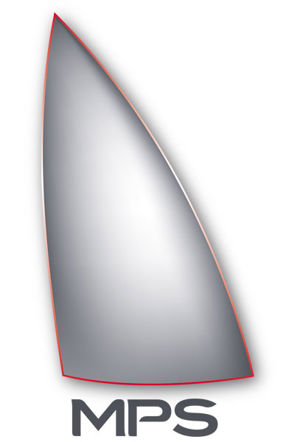Another development in downwind sail technology is the Code Zero.
Before, there was a gap in sails used in upwind and downwind conditions. And to some extent, there still is.
But the Code Zero was invented to bridge the gap - taking the idea of the gennaker one step further and closing the gap between upwind and downwind sailing.
Unlike the spinnaker, which performs best with wind directly from behind, the Code Zero is optimised for lighter winds and works efficiently at wind angles of around 50 to 90 degrees.
Its flatter shape makes it somewhat similar to an upwind sail but with more power in reaching conditions. It is often used in light air races where the ability to sail close to the wind is crucial while maintaining downwind performance.
Code Zeros often use more robust materials like laminated fabrics to withstand higher loads, as they are designed to perform at tighter wind angles where the forces on the sail are greater.



















